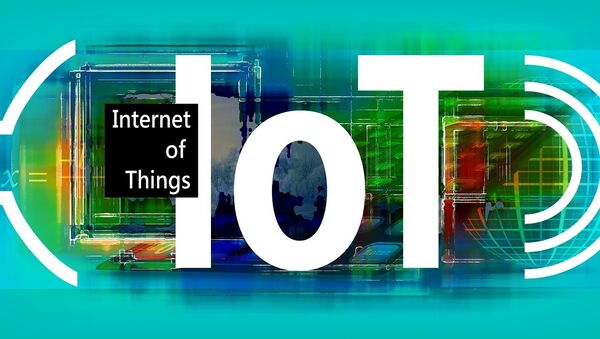Mirai (from a Japanese word meaning ‘the future') is a type of malware that not only hijacks ‘zombie' computers, but also finds Internet of Things (IoT) devices (‘smart' appliances able to transmit data over a network using embedded sensors) and conscripts them into a botnet to launch crippling distributed denial of service (DDoS) attacks.
Things got worse after the hacker responsible for creating Mirai released its source code in September, effectively letting anyone build their own attack army using the malware.
"It's accelerating because there's a wide-open, unprotected landscape that people can go to," said Chris Carlson, vice president of product management at Qualys. "It's a gold rush to capture these devices for botnets."
What also makes Marai particularly difficult to control is that while users promptly notice the effects of malware on desktop computers, IoT devices, including routers, are meant to function with minimal human interaction, making botnets created with Mirai less detectable.
"There was an idea that maybe the bots would die off or darken over time, but I think what we are seeing is Mirai evolve," said John Costello, a senior analyst at the security intelligence firm Flashpoint, cited by Wired. "People are really being creative and finding new ways to infect devices that weren't susceptible previously. Mirai is not going away."




